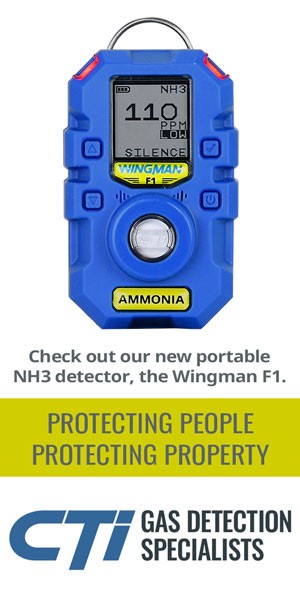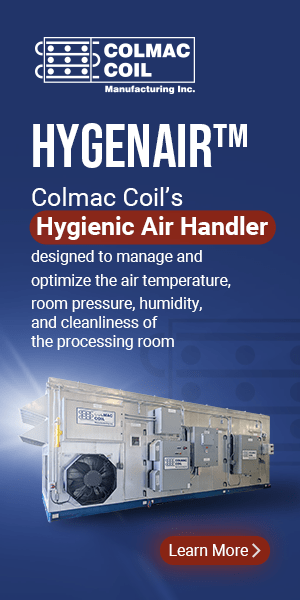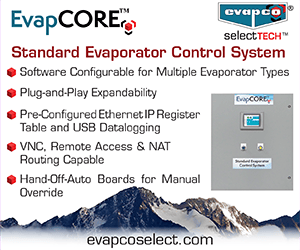Corrosion Allowance
The inclusion of corrosion allowance in the 2008 version of IIAR 2 was an effort to address the inspection of vessels that are in-service and prevent the erroneous assumption that vessels built with steel plates having an under-tolerance are consequently not compliant with the ASME B&PV code, even in the case of mild corrosion. However, it was brought to the attention of the IIAR Standards Committee (SC) that vessel manufacturers were not usually providing the additional corrosion allowance. They were providing a material corrosion allowance only when specifically requested, as is reflected in the ASME B&PV Code. This initiated a debate among interested parties about whether or not the additional corrosion allowance was necessary. The SC proffered a solution in a standards interpretation. However, when this position was included in the first public review of IIAR 2-2014, Addendum A, it was met with objections. After more debate, a corrosion allowance task force was formed to study the issue and provided background and proposals for the SC’s consideration. In each of the first three public review documents published for IIAR 2-2014, Addendum A, there was opposition to the proposals. In brief, the proposals ranged from mandating the CA in all applications, only in some circumstances, to not mandating the CA in the standard. It became apparent to the committee that there would not be a solution that satisfied everyone…many people want an additional corrosion allowance to be included in the standard, but many other people do not believe there is a compelling reason to require it.
The SC concluded that mandating CA does not necessarily contribute to safety, even though including a CA could potentially increase the chances of a vessel being used for a longer period of time. In any case, protecting against corrosion, where applicable, remains within the scope. The language included in IIAR 2-2014, Addendum A, reflects these positions. This language was voted on using a double elimination ballot process that included the entire balanced voting membership of the IIAR SC. Several proposals were presented to the committee, ranging from mandating the corrosion allowance in all cases to eliminating it altogether. A first round of balloting narrowed the proposed measures to the two most popular positions. A second round of balloting settled the final language to be included. The final measure was approved by the SC with over a 2/3 majority vote, per IIAR and ANSI procedures.
The prevailing logic for the approved language was based on the Scope of IIAR-2 being defined to specify minimum requirements for safe design of closed-circuit ammonia refrigeration systems. The absence of a corrosion allowance does not represent a safety concern if the vessel is well maintained. Vessels with corrosion are not a typical source of ammonia releases, and thereby, requiring a corrosion allowance will not necessarily increase safety. Thousands of ASME pressure vessels in our industry have no corrosion allowance and have served for decades without incident or measurable wall loss.
The problem lies with inspection. Until recently, recognized and generally accepted good engineering practices (RAGAGEP) had not been defined for the ammonia industry for inspecting vessels that have corrosion on the surface. This has led to inspectors condemning vessels with minor corrosion, simply because no RAGAGEP existed to verify that the vessel is safe. The imminent publication of IIAR-6 is the appropriate document to address RAGAGEP for inspecting vessels and to give the end user criteria by which to assess whether the vessel needs repair or replacement. Requiring new vessels to be thicker by requiring a corrosion allowance will not relieve end-users from inspection requirements.
Proper maintenance of vessels prevents corrosion from materially affecting the wall thickness. Recent advancements in surface treatment technology allow for better protection of carbon steel from corrosion. Manufacturing vessels with thicker material may not provide the best method to deal with corrosion and doing so can add complications in supporting additional vessel weight, the need to taper pipe when welding standard wall pipe to heavier vessel nozzles (increased thickness to accommodate corrosion allowance), and the increased cost for ammonia vessels as compared to other refrigerant vessels.
The SC recognizes that the cost increase for adding a 1/16” corrosion allowance may not be significant in many cases. However, the majority of the SC does not consider the material cost differential to be a substantive reason to mandate a corrosion allowance. It is the general consensus of the SC that an economically prudent purchaser will not only request the corrosion allowance, but also purchase vessels that are rated for a higher design pressure (which is also not mandated). This message is conveyed to the industry through the informative language in IIAR 2-2014, Addendum A suggesting specifiers and purchasers consider adding corrosion allowance to increase life expectancy of a vessel.













